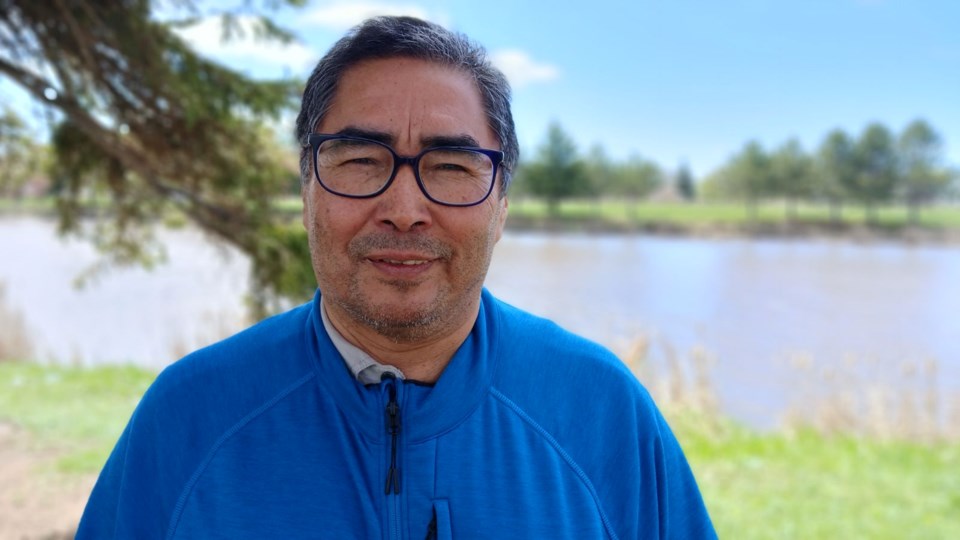GRASSY NARROWS – Chief Rudy Turtle is happy to see Ottawa lift the cap on funding for residential schools initiatives.
Still, the Grassy Narrows (Asubpeeschoseewagong) First Nation chief said Monday, “I wish it never happened in the first place.”
First Nations learned in mid-July that annual funding for searches of former residential school grounds was being capped at $500,000 per initiative, down $2.5 million from the previous limit.
Gary Anandasangaree, the federal Crown-Indigenous relations minister, acknowledged in a statement released Friday that the move “fell short of our solemn commitment to finding the children.”
Ottawa has heard Indigenous leaders and communities’ concerns “loud and clear” and lifted the $500,000 limit, he said.
“We are listening to and working with Indigenous communities and survivors to support them in their work to identify children who did not return from residential schools and to locate unmarked burial sites associated with these schools,” the minister’s statement said.
The policy reversal “means a lot to” survivors and their families “because we have a lot of work to do and this work will take time,” Turtle said.
“And, I know that we have families in our communities that are just waiting for these studies to continue and to go ahead.”
The federal government’s Residential Schools Missing Children Community Support Fund was created after a First Nation reported in 2021 finding more than 200 ground anomalies that might indicate unmarked graves near the location of a former residential school in British Columbia.
Residential school research projects in Northern Ontario include the Bringing Our Children Home Initiative started by Lac Seul First Nation, the Sahkahjewaosa project headed up by Garden River First Nation, and the Wiikwogaming Tiinahtiisiiwin project out of Grassy Narrows.


.jpg;w=120;h=80;mode=crop)
